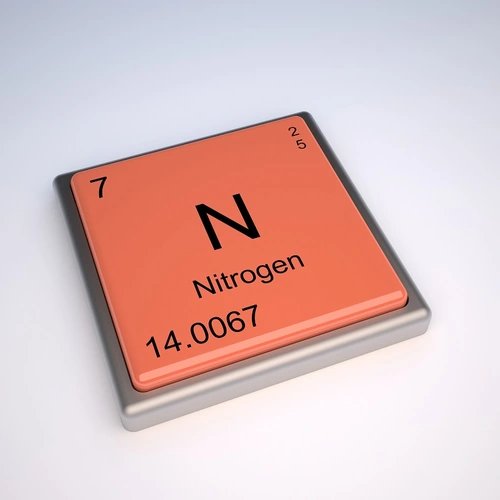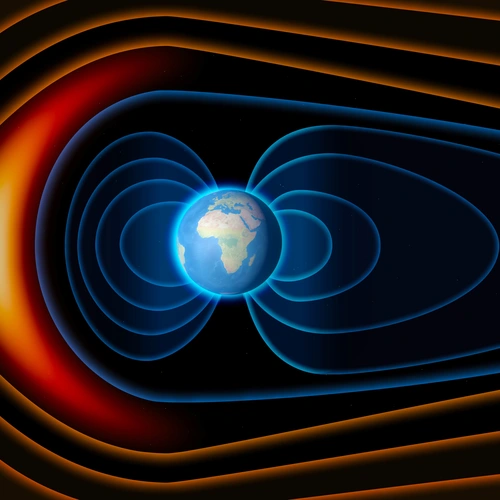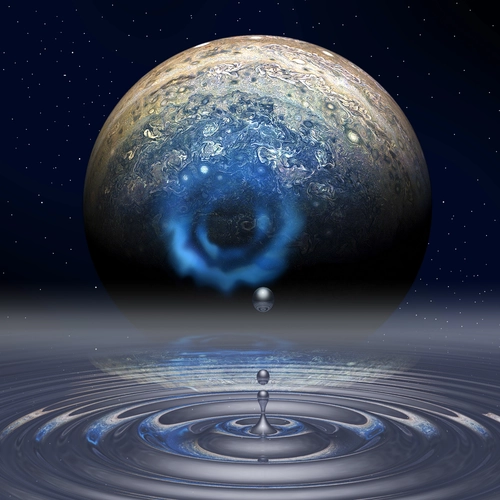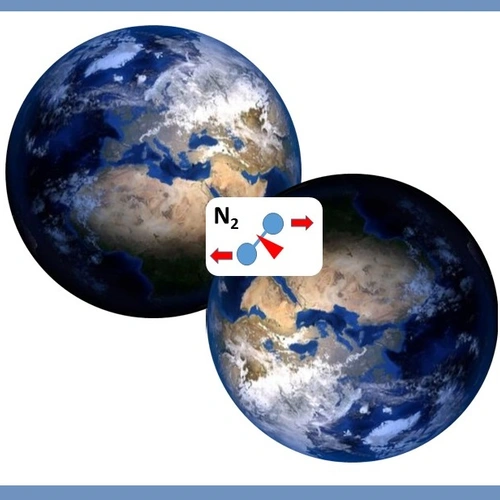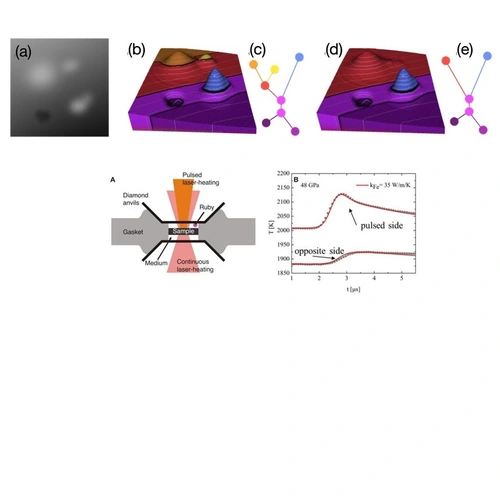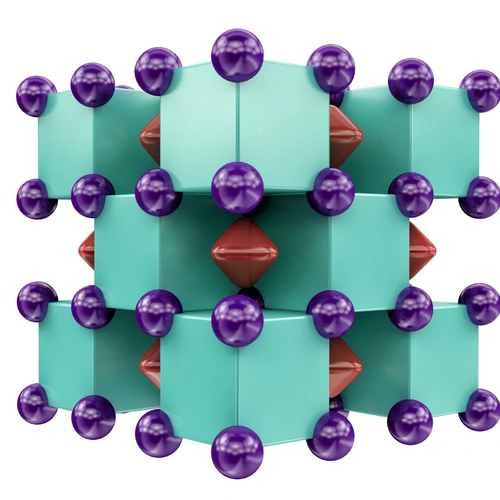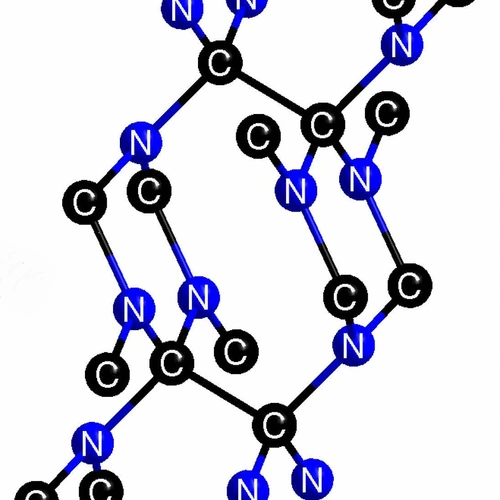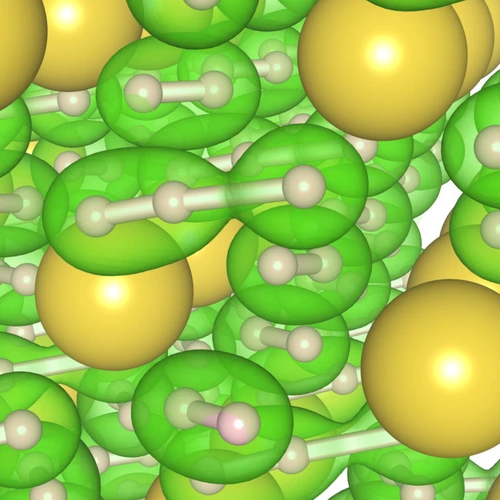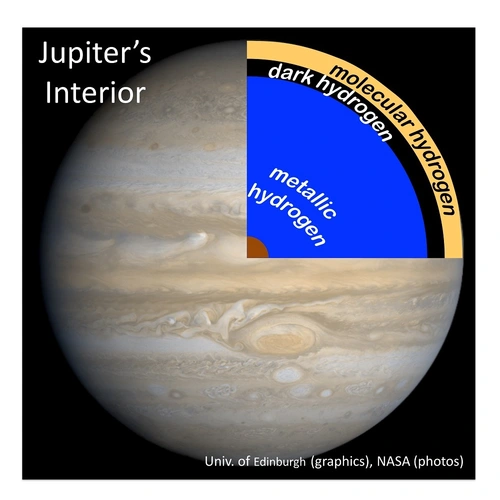Overview
Alexander F. Goncharov analyzes materials under extreme conditions such as high pressure and temperature using optical spectroscopy and other techniques to understand how matter fundamentally changes, the chemical processes occurring deep within planets, including Earth, and to understand and develop new materials with potential energy applications.
In one area, Goncharov is pursuing the holy grail of materials science, whether hydrogen can exist in an electrically conducting metallic state as predicted by theory. He is also interested in understanding the different phases materials undergo as they transition under different pressure and temperature conditions to shed light on how heat is conducted through the Earth. He also investigates different conditions under which superconductivity can be achieved.
A superconducting material does not restrict electron movement, the essence of electricity. However, typically these materials have to be cooled below a very low, so-called, transition temperature, which often makes them impractical for widespread use. Goncharov was part of a team that found, for the first time that, in addition to chemical manipulation, the superconducting state can be induced by high pressure in so-called high-temperature superconductors, a potential boost to their eventual use.
Goncharov conducts his experiments using optical spectroscopy and advanced probes such as synchrotron micro-diffraction and Raman spectroscopy. Optical spectroscopy uses light to discern “fingerprints” of a sample’s chemistry. Synchrotron micro-diffraction requires huge facilities that accelerate particles to convert energy to high-energy light beams, which is then broken up by a sample into a distinct pattern that tells researchers about many characteristics. Raman spectroscopy is used to observe features like the rotational and vibrational behavior of a material.
A superconducting material does not restrict electron movement, the essence of electricity. However, typically these materials have to be cooled below a very low, so-called, transition temperature, which often makes them impractical for widespread use. Goncharov was part of a team that found, for the first time that, in addition to chemical manipulation, the superconducting state can be induced by high pressure in so-called high-temperature superconductors, a potential boost to their eventual use.
Goncharov conducts his experiments using optical spectroscopy and advanced probes such as synchrotron micro-diffraction and Raman spectroscopy. Optical spectroscopy uses light to discern “fingerprints” of a sample’s chemistry. Synchrotron micro-diffraction requires huge facilities that accelerate particles to convert energy to high-energy light beams, which is then broken up by a sample into a distinct pattern that tells researchers about many characteristics. Raman spectroscopy is used to observe features like the rotational and vibrational behavior of a material.
CV
- M.S., B.A. Moscow Institute for Physics and Technology, Physics, 1979
- Ph.D, Institute of Spectroscopy, Russian Academy of Sciences, Physics, 1983
- 2005- present: Senior Staff Scientist, Geophysical Laboratory, Carnegie Institution of Washington
- 2012-present: Invited Professor, IPGP, Paris, France
- 2011-present: Invited Professor, ISSP, Hefei, China
- 2002- 2005: Staff Scientist, Lawrence Livermore National Laboratory
- 1999-2002: Research Scientist, Geophysical Laboratory, CIW
- 1995-1999: Senior Research Associate, Geophysical Laboratory, CIW
- 1993-1995: Carnegie Fellow, Geophysical Laboratory, CIW
- 1992-1993: A. von Humboldt Fellow, Max-Planck-Institut für Festkörperforschung, Stuttgart, Germany
- 1989-1991: Senior Research Scientist, Institute of Crystallography, Russian Academy of Sciences, Moscow, Russia
- 1982-1989: Research Fellow, Institute of Crystallography, Academy of Sciences, Moscow, Russia
- Friendship Award, China 2015
- 1000 Thousand Talents Award, China, 2012
- Lawrence Livermore National Laboratory Associate Director (CMS) Award, 2005.
- Research Fellowship of the Alexander von Humboldt Foundation, 1992-1993.
- Annual European High Pressure Research Group Award, 1991.

